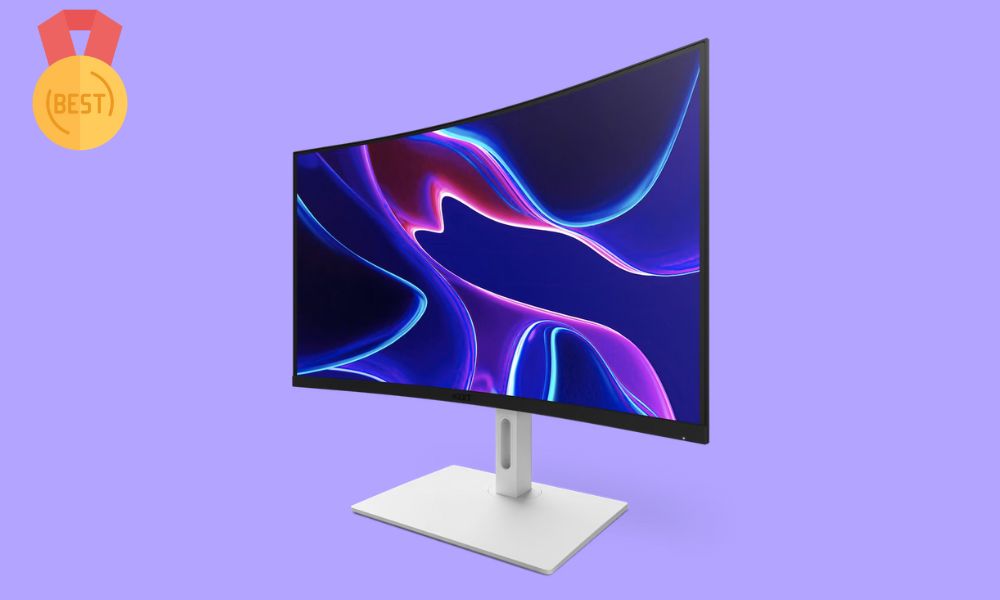Input lag and response time are two important metrics related to the performance and responsiveness of electronic devices like TVs, monitors, smartphones, and gaming systems. Though sometimes used interchangeably, they refer to different things.
The importance of input lag vs response time depends on your usage. For competitive gaming, input lag is the most critical specification, as high input lag can make fast-paced action feel sluggish and unresponsive. Even moderate amounts of input lag over 50ms can make aiming and timing difficult in games reliant on quick reflexes. So for serious gaming, you’ll want input lag as low as possible, under 20ms being ideal.
Response time still plays a role in preventing distracting visual artifacts like ghosting or blurring that can obscure fast movement. But typically even displays with slower response times of 5-8ms are sufficient for most gaming uses as long as the input lag is low.
The good news is that many modern gaming monitors and TVs now offer both the combination of low input lag and fast response time. So gamers no longer have to compromise and can get both quick end-to-end input response and sharp visual clarity. Checking detailed specs and reviews can help identify models with this ideal pairing of fast pixel response and low system-wide input lag. This allows competitive gamers to get the most responsive and smooth experience possible.
What is Input Lag?
Input lag refers to the delay between an input being sent to a device and the device’s response to that input being shown on the display. For example, when you press a button on a game controller, there is a slight delay before that action is displayed on the screen. This time interval is the input lag.
Input lag occurs because electronic signals take time to be transmitted and processed. The signal from the controller has to travel through the wires or wireless connection to the device, where the device then processes that input and generates the appropriate output image that gets displayed.
For devices like TVs, monitors and smartphones, input lag generally ranges from 10ms to 50ms for most modern devices. For gaming systems, lower input lag is critical, with values of 10ms or below desired for responsive gaming. High input lag can affect gaming performance and make games feel sluggish or unresponsive.
What is Response Time?
Response time refers specifically to the time it takes for a pixel on a display to change from one color to another, which is a step in the overall process of displaying images. LCD displays have to physically change each pixel’s color using liquid crystals that twist to block light transmission. How quickly this can happen depends on the response time.
Response time is measured in milliseconds (ms). For LCD monitors and TVs, common response times range from 1ms to 8ms for modern displays. Lower response times mean less motion blur in fast moving images, which is important for gaming and videos. However, the response time typically only accounts for a small portion of the total input lag.
Key Differences
- Input lag refers to the total time for the entire process from input to display. Response time refers only to the LCD pixel transition.
- Input lag includes signal processing and transmission. Response time is just the LCD panel pixel transition.
- Input lag varies significantly between devices and can be 10ms to over 100ms. Response times are largely consistent within a given LCD panel technology, in the 1-8ms range.
- Input lag has a more noticeable impact on gaming and device responsiveness. Response time affects motion clarity and blur.
- Input lag can be improved by faster internal processing. Response time is limited by LCD technology.
Input lag vs response time: which one is more important for gaming?
When choosing a display for gaming, both input lag and response time specifications matter, but input lag generally has a bigger impact on gaming performance and enjoyment.
Input lag directly determines how quickly your actions translate on screen. High input lag over 50ms can make games feel sluggish and unresponsive. This affects gameplay responsiveness and can put you at a competitive disadvantage against others with lower lag. Minimizing input lag is thus critical for fast-paced competitive gaming.
Response time measures how fast pixels transition between colors. Slower response times can allow greater motion blur and ghosting. While undesirable visually, moderate response times of 5-8ms are typically sufficient to prevent distraction or visibility issues in most gaming scenarios.
In essence, input lag directly impacts the gaming experience more significantly. But you still need a decently fast response time to enable clear visuals during rapid on-screen motion. The ideal display combines both low input lag (10-20ms or less) for responsive control together with fast response time (1-5ms) for crisp sharpness. Checking detailed specifications and reviews will help identify monitors and TVs that deliver this optimal combination desired for smooth and immersive high-action gaming.
Conclusion
In summary, input lag and response time refer to different aspects in the chain of steps from user input to display. Knowing the key differences helps explain performance factors and how to optimize displays, especially for gaming usage. Choosing devices with both fast response time and low input lag results in the most responsive and smoothest visual experience.

